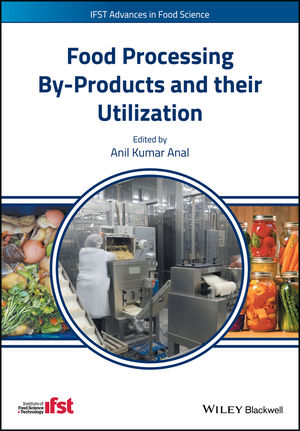Thermal Processing Venison Sausage Products - How High Should You Go?
In general, when processing venison and other meats there are three types of bacteria that processors deal with; good bacteria, spoilage bacteria and pathogenic bacteria. An example of good bacteria would be the lactic acid starter culture bacteria that are often added during the manufacture of summer sausage and snack sticks. Spoilage bacteria cause food products to spoil and become unacceptable for consumption. High levels of spoilage bacteria cause products to have a slimy texture, off odors and generally not look good. Spoiled products should not be consumed.
Bacteria that cause human illness or disease are termed pathogenic. You cannot visually tell if pathogenic bacteria are present. Often ingestion of just a few pathogenic bacteria can cause problems. Approximately 90% of all foodborne illnesses are caused by pathogenic bacteria. When we thermal process venison products, we are concerned with destroying both pathogenic bacteria and spoilage bacteria.
Venison has the potential to have pathogens present both from fecal contamination and dirt from the surroundings during field dressing. The environment in which venison is field dressed often provides conditions which allow for potential contamination of the carcass with pathogenic bacteria. The weakest link in the harvesting and processing of venison is typically the field dressing.
FSIS (Food Safety Inspection Service) has provided very good guidelines for the destruction of pathogenic bacteria in meat products. Appendix A: Compliance Guidelines for Meeting Lethality Performance Standards for Certain Meat and Poultry Products lists time and temperature requirements for the reduction of Salmonella in certain ready-to-eat meat products. The destruction of bacteria is both time and temperature dependent. Appendix A lists 158°F internal as the required temperature to achieve instantaneous destruction of Salmonella in certain beef products.
Venison also has the potential to have high levels of contamination with spoilage bacteria as the result of the way it is handled during field dressing and transportation to the processor. During thermal processing we are interested in killing both pathogenic and spoilage bacteria. During thermal processing we want to destroy all of the pathogenic bacteria; however, we kill only a percentage of the spoilage bacteria. The higher the temperature to which we process venison the higher the percentage of spoilage bacteria that we can kill.
Because of the potential of a high level of contamination of venison with spoilage bacteria, I recommend processing venison sausage products to an internal temperature of 170°F and holding that temperature for a minimum of 3 minutes when it is achieved. By processing your products to this higher temperature you will produce products that have fewer spoilage bacteria and consequently have a better microbial profile.
Remember: Example moves the world more than doctrine.
Looking for a reprint of this article?
From high-res PDFs to custom plaques, order your copy today!








